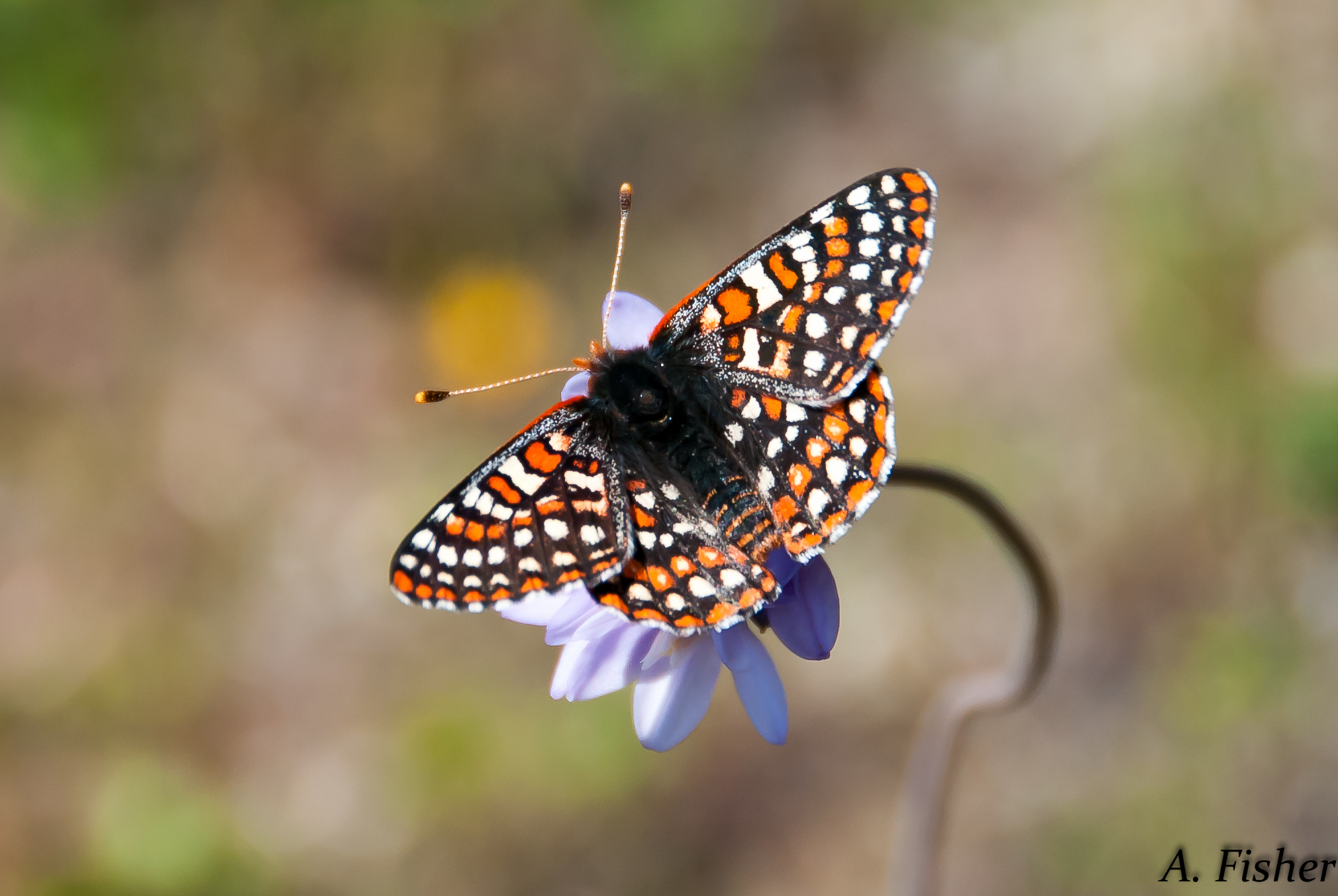A rare butterfly has defied climate change by changing both its habitat and diet, a study has revealed.
The Quino Checkerspot, found in Mexico and California, has suffered dramatic population collapses during the last century along the southern edge of its range in Baja California as a result of climate change and agricultural and urban development.
But rather than heading toward extinction the butterfly has adapted to the changing climate by shifting to a higher altitudes and changing its host plant to a completely new species.
Other species have been seen changing either habitat or diet to cope with a changing climate but the Quino Checkerspot may be amongst the first butterfly species to change both.
Speaking at the Butterfly Conservation Symposium, Professor Camille Parmesan from Plymouth University, explained:
“Quino today is one of the happy ‘surprises’, having managed to adapt to climate change by shifting its centre of abundance to higher elevation and onto a plant species that was not previously known to be a host.”
Butterflies are already being strongly affected by climate change - more than a quarter of UK species are spreading north, with butterflies like the Comma moving at around 10km per- year.
Warmer summers have allowed the Brown Argus butterfly to complete its life cycle by eating wild Geranium plants. Because the Geraniums are widespread in the UK, this change in diet has allowed the butterfly to rapidly expand its range. Over the last two decades, the Brown Argus has spread northwards by around 79 kilometres and has become common in the countryside in much of southern England.
This is part of a major shift of butterfly populations across Europe that has been taking place for at least 20 years. Species have been spreading northwards across Europe and several reports have shown that colonies have moved uphill. But even this pace of change is not keeping up with the warming climate, so butterflies are lagging behind.
Many species are becoming threatened as they cannot move to keep pace with climate change now that their habitats are so small and fragmented.
Landscape scale conservation is seen by Butterfly Conservation as the best approach to provide species with the variety of habitats they need to cope with a changing climate.
Professor Parmesan said: “For the Quino Checkerspot and other species of butterfly to be able to surprise us with these kinds of remarkable adaptions to climate change, humans must provide a landscape that provides these options. This will require a concentrated effort by conservation biologists to proactively protect potential new habitats outside species’ historic range boundaries that are more likely to become suitable with future climate change.”
More than 200 of the world’s leading butterfly and moth scientists will meet to discuss Lepidoptera ecology during Butterfly Conservation’s Seventh International Symposium which takes place at Southampton University from 4 to 6 April.


